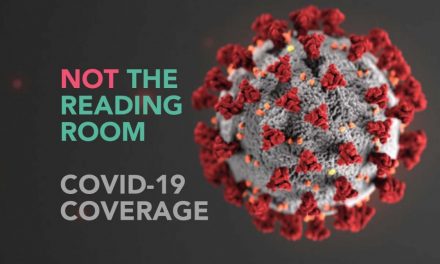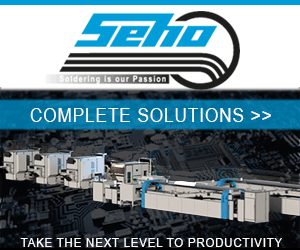iNEMI’s Value Recovery Project Demonstrates a Circular Economy for Hard Disk Drives
iNEMI’s Value Recovery from Used Electronics project successfully used end-of-life (EoL) hard disk drives (HDDs) to demonstrate a viable process toward the development of a multi-stakeholder circular economy. Activities focused on three areas:
Construction of a set of decision trees to identify the options (pathways) at each step in the value recovery chain in the context of a circular economy and what information each of the stakeholders needs in order to pursue higher value recovery along a0101 HDD smaller shutterstock_72072415 given pathway.
Development of economic models, life cycle assessments and logistics models to determine which value recovery options generate the highest value/profit by type and size of drive. These models then become the basis for business decision-making by the stakeholders, both individually and collectively, as part of supply chains.
Demonstration projects to prove the efficacy of the major critical-to-market circular economy pathways.
The work accomplished by the demonstration project teams is especially significant. These demonstrations proved the effectiveness of multiple recovery pathways to reusing HDDs, including business models needed to securely destroy data so that functioning hard disk drives can be sold to new users.
Why Hard Disk Drives?
The project team chose hard disk drives (HDDs) to demonstrate how a circular economy can be developed.
EoL HDDs are good candidates for this purpose because they have a consistent form factor (2.5″ or 3.5″) and consistent manufactured design, plus the demand for data storage capacity is outpacing the ability of HDD and SSD manufacturers to keep up with that demand. Under these conditions, reuse of used HDDs by securely and economically wiping them is the highest value recovery option and is central to a viable circular economy for HDDs.
Another advantage of targeting HDDs is that they contain rare earth elements (REEs), which are critical for development of many high-tech products, especially “green” technologies. REEs are being consumed at a rate that cannot be maintained over the long term, with the risk of supply shortages and disruptions limiting their availability. Permanent magnets provide readily available and accessible feedstocks for recovering REEs. These magnets are found in large quantities in HDDs and are available for harvesting, recovery for reuse and remanufacturing, and recycling/recovery for the REE content. Given that new technologies have been coming available for value recovery from REE magnets, this project focused on removing the barriers to HDD reuse and on demonstrating circular economy pathways for REE magnets in HDDs.











